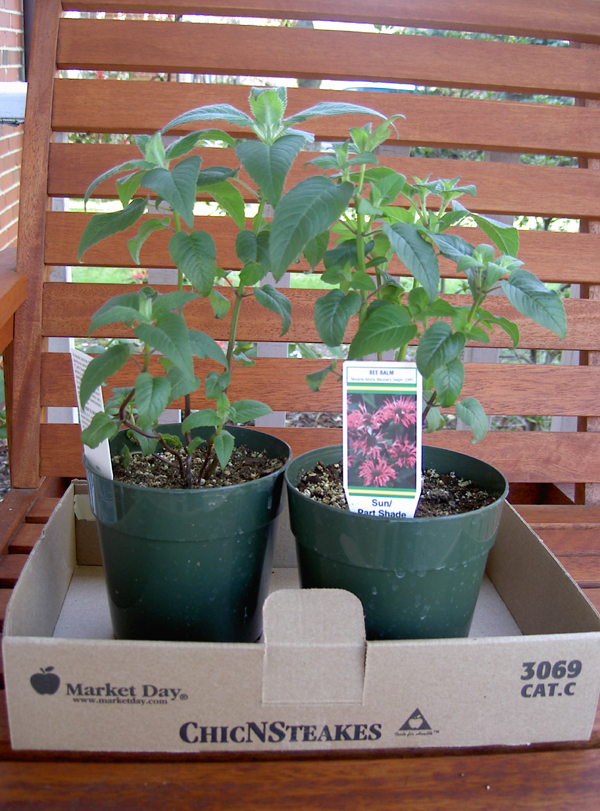About five years ago, I realized that I could have homemade pie whenever I wanted if I baked it myself. Like most profound insights in life, this was completely obvious after the fact and I wondered at how I had spent so many pie-free years living in ignorance. No more! Since then, I’ve moved from the classics (apple pie in the fall, pumpkin or sweet potato pie at the holidays) through fancy tarts (lemon curd and Italian almond are the crowd favorites) to the boundless territory of fruit pies. Fruit pies are great because (1) they’re delicious and (2) there are gazillions of different ways to make them. So far, I’ve been working my way through the standards with seasonal fruit: blueberry, peach, apricot, and cherry have all had their turn in the past few years. Some, like blueberry and apple, we revisit every year; now that I have a source for sour cherries, cherry will become part of that rotation.
This week I managed, for the first time in years, to have both strawberries (from the farmers’ market) and rhubarb (from the local organic market) on hand in sufficient abundance to make a pie. Which is to say, usually I eat the strawberries fresh and end up with only rhubarb, which is how we come to have rhubarb muffins all through the year: the excess gets diced and frozen. This year, though, I was determined to try my hand at strawberry-rhubarb pie. I remember this pie from my summers in Ontario, where rhubarb grows like a weed and visits to a pick-your-own strawberry farm were a regular occurrence each June. The pie itself usually came from the store; while I was amply exposed to both plants, the rhubarb side of the family was not the strawberry side of the family and the fruits were rarely prepared in combination. It was my cousins on my father’s side who taught me never to eat rhubarb stalks without dipping them in sugar—never to eat anything unfamiliar that they handed me, as a more general rule—and my mother’s mother who loved the strawberries, dicing them and freezing them or serving them fresh with vanilla ice cream (for breakfast, if we were really lucky).
Now that I use the food processor to make the pie crust dough, making a pie is not as daunting as it was in the beginning. I was able to make the pie this morning (from my go-to pie cookbook) and have it cooling on the counter when our friends arrived to go to the May Fair at the elementary school. After a hot rain-free afternoon at the fair, we enjoyed the pie with ice cream, and my five year old friend gave it a thumbs up. It was great, if I do say so myself; it’s homemade pie, how bad could it be? Later in the weekend, I’ll pass along a couple of pieces to our neighbors who are our go-to friends when I have extra pie hanging around; by taking the pie off our hands, they perform the important function of allowing me to have fun making a pie without us each then having to eat half of it. It works out well for everyone, and we all look forward to the next one.
